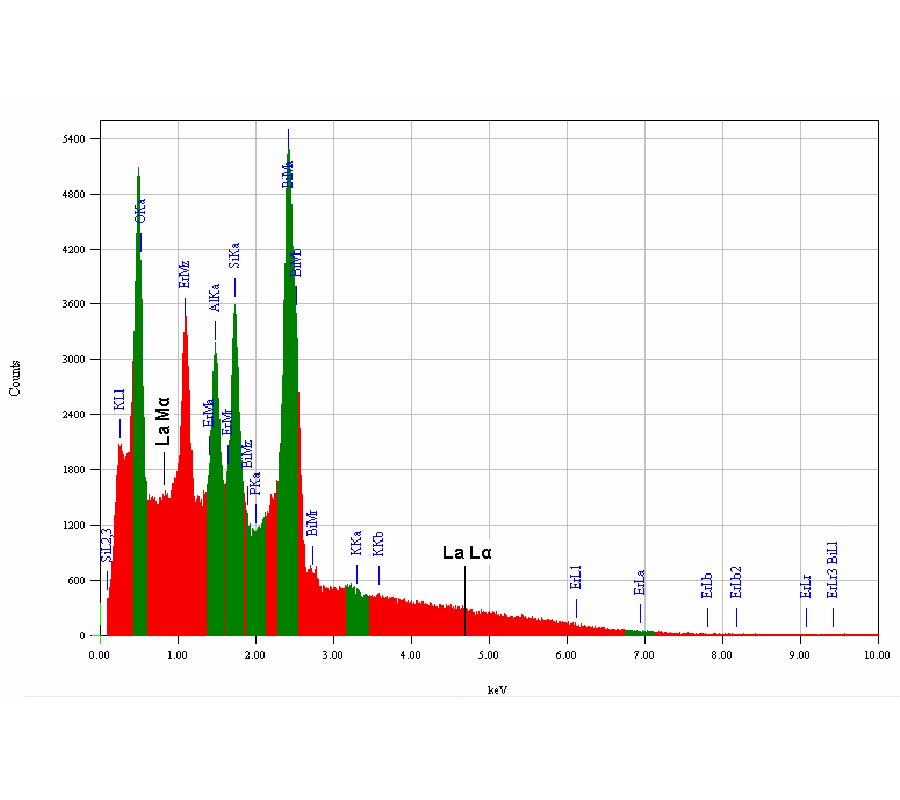Vol. 6
Latest Volume
All Volumes
PIERC 150 [2024]
PIERC 149 [2024]
PIERC 148 [2024]
PIERC 147 [2024]
PIERC 146 [2024]
PIERC 145 [2024]
PIERC 144 [2024]
PIERC 143 [2024]
PIERC 142 [2024]
PIERC 141 [2024]
PIERC 140 [2024]
PIERC 139 [2024]
PIERC 138 [2023]
PIERC 137 [2023]
PIERC 136 [2023]
PIERC 135 [2023]
PIERC 134 [2023]
PIERC 133 [2023]
PIERC 132 [2023]
PIERC 131 [2023]
PIERC 130 [2023]
PIERC 129 [2023]
PIERC 128 [2023]
PIERC 127 [2022]
PIERC 126 [2022]
PIERC 125 [2022]
PIERC 124 [2022]
PIERC 123 [2022]
PIERC 122 [2022]
PIERC 121 [2022]
PIERC 120 [2022]
PIERC 119 [2022]
PIERC 118 [2022]
PIERC 117 [2021]
PIERC 116 [2021]
PIERC 115 [2021]
PIERC 114 [2021]
PIERC 113 [2021]
PIERC 112 [2021]
PIERC 111 [2021]
PIERC 110 [2021]
PIERC 109 [2021]
PIERC 108 [2021]
PIERC 107 [2021]
PIERC 106 [2020]
PIERC 105 [2020]
PIERC 104 [2020]
PIERC 103 [2020]
PIERC 102 [2020]
PIERC 101 [2020]
PIERC 100 [2020]
PIERC 99 [2020]
PIERC 98 [2020]
PIERC 97 [2019]
PIERC 96 [2019]
PIERC 95 [2019]
PIERC 94 [2019]
PIERC 93 [2019]
PIERC 92 [2019]
PIERC 91 [2019]
PIERC 90 [2019]
PIERC 89 [2019]
PIERC 88 [2018]
PIERC 87 [2018]
PIERC 86 [2018]
PIERC 85 [2018]
PIERC 84 [2018]
PIERC 83 [2018]
PIERC 82 [2018]
PIERC 81 [2018]
PIERC 80 [2018]
PIERC 79 [2017]
PIERC 78 [2017]
PIERC 77 [2017]
PIERC 76 [2017]
PIERC 75 [2017]
PIERC 74 [2017]
PIERC 73 [2017]
PIERC 72 [2017]
PIERC 71 [2017]
PIERC 70 [2016]
PIERC 69 [2016]
PIERC 68 [2016]
PIERC 67 [2016]
PIERC 66 [2016]
PIERC 65 [2016]
PIERC 64 [2016]
PIERC 63 [2016]
PIERC 62 [2016]
PIERC 61 [2016]
PIERC 60 [2015]
PIERC 59 [2015]
PIERC 58 [2015]
PIERC 57 [2015]
PIERC 56 [2015]
PIERC 55 [2014]
PIERC 54 [2014]
PIERC 53 [2014]
PIERC 52 [2014]
PIERC 51 [2014]
PIERC 50 [2014]
PIERC 49 [2014]
PIERC 48 [2014]
PIERC 47 [2014]
PIERC 46 [2014]
PIERC 45 [2013]
PIERC 44 [2013]
PIERC 43 [2013]
PIERC 42 [2013]
PIERC 41 [2013]
PIERC 40 [2013]
PIERC 39 [2013]
PIERC 38 [2013]
PIERC 37 [2013]
PIERC 36 [2013]
PIERC 35 [2013]
PIERC 34 [2013]
PIERC 33 [2012]
PIERC 32 [2012]
PIERC 31 [2012]
PIERC 30 [2012]
PIERC 29 [2012]
PIERC 28 [2012]
PIERC 27 [2012]
PIERC 26 [2012]
PIERC 25 [2012]
PIERC 24 [2011]
PIERC 23 [2011]
PIERC 22 [2011]
PIERC 21 [2011]
PIERC 20 [2011]
PIERC 19 [2011]
PIERC 18 [2011]
PIERC 17 [2010]
PIERC 16 [2010]
PIERC 15 [2010]
PIERC 14 [2010]
PIERC 13 [2010]
PIERC 12 [2010]
PIERC 11 [2009]
PIERC 10 [2009]
PIERC 9 [2009]
PIERC 8 [2009]
PIERC 7 [2009]
PIERC 6 [2009]
PIERC 5 [2008]
PIERC 4 [2008]
PIERC 3 [2008]
PIERC 2 [2008]
PIERC 1 [2008]
All Journals
Numerical Study of a Circulator Using YIG Thin Film with a Coplanar Structure
Oussama Zahwe
,
Bruno Sauviac
,
Bassel Abdel Samad
,
Jean Pierre Chatelon
and
Jean Jacques Rousseau
The transmission characteristics of a high frequency circulator using coplanar wave guide have been designed and studied. To miniaturize the device, we have dramatically reduced the thickness of the YIG ferrite layer (Yttrium Iron Garnet). The circulator has an hexagonal shape with dimensions of 10*10 mm2, the width of the central line (LINE) is 400 ?m, the space between LINE-to-GND is 130 ?m and the thickness of ferrite film (YIG) is 10 ?m. this compact circulator operates at 10 GHz. The insertion loss is 3.14 dB, the return loss is 18.57 dB and the isolation is greater than 20 dB.
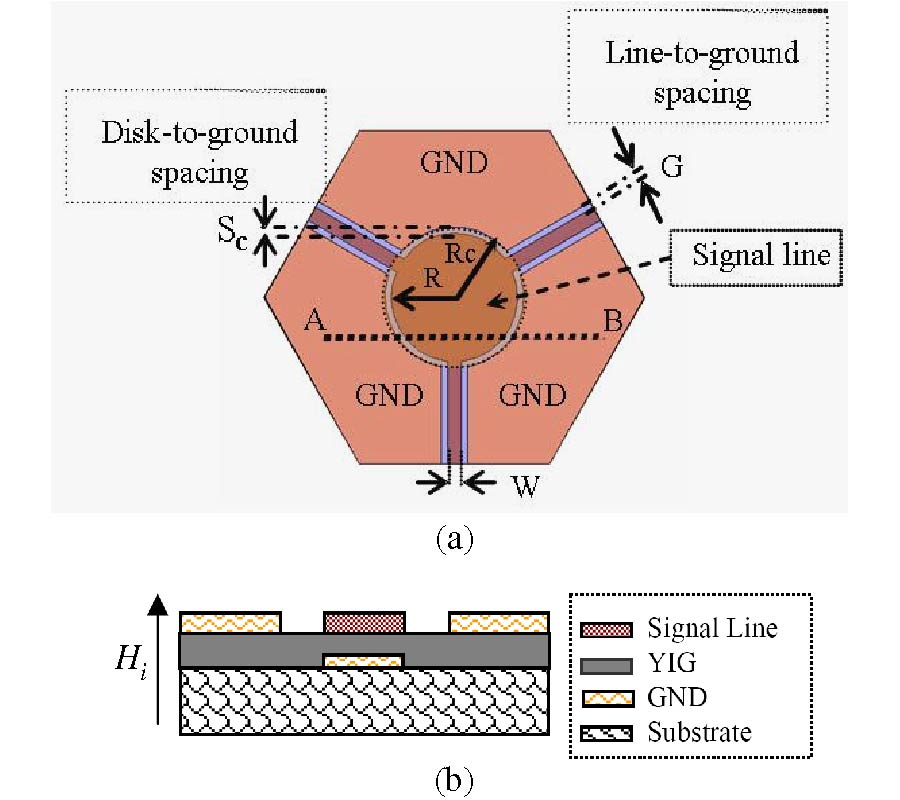
Analysis of Shorting PIN Loaded Half Disk Patch Antenna for Wideband Operation
Jamshed Ansari
,
Prabhakar Singh
,
Nagendra Prasad Yadav
and
Babau Vishvakarma
In the present paper the analysis of notch loaded shorted half disk patch is given. It is found that the bandwidth of the antenna depends inversely on the notch width whereas it is invariant with the notch length. Further antenna shows dual band behavior for a gap spacing below 7.5 mm in the gap coupled half disk shorted patch whereas it behaves as a wideband antenna for gap spacing more than 7.5 mm. Theoretical results are compared with simulated and experimental results.
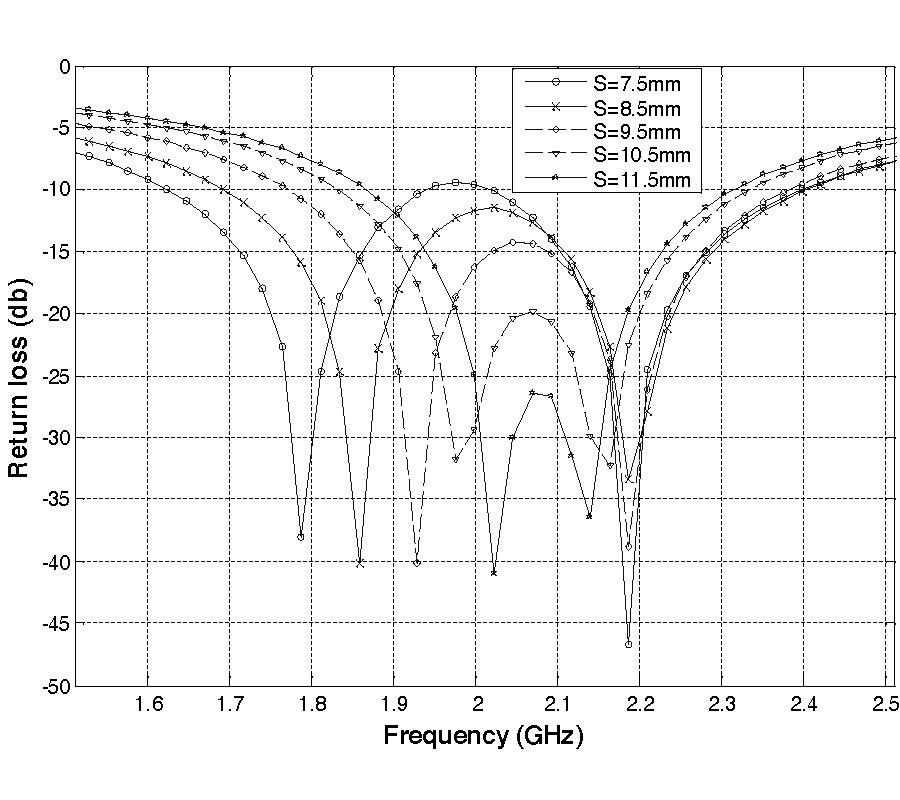
A New Proposal Capon Beamformer for Angular Spreads on Distributed Sources in a Cellular Environment
Horacio Monjardin
,
David H. Covarrubias-Rosales
and
Ricardo F. Nuñez
In this work a new robust adaptive digital beamforming algorithm called Gaussian Robust Capon Beamformer (GRCB) is proposed, it is based on conventional Capon criteria and provides compensation of the steering vector errors through diagonal loading approach. This research was conducted assuming a critical scenario where a communication environment presents a high value of angular spread (AS >2 degrees) on signal of interest and in which other beamforming methods, including robust Capon algorithm, can degrade their performance upon presenting the phenomenon of auto-cancellation of the signal of interest. Additionally, is discussed a study of the beamforming algorithms performance, based on Minimum Variance Distortionless Response (MVDR) method as well as its robust version; this study is conducted using a radio channel model with a Gaussian scatters distribution, around the signal of interest and typical angular spread values for different mobile communication environments. Finally, simulations results are shown where the performance of GRCB algorithm is compared with different approaches of Capon beamforming, can be observe that using the proposed algorithm is possible to achieve a minimization in signal of interest degradation and a better isolation, regardless of interferers and noise levels.
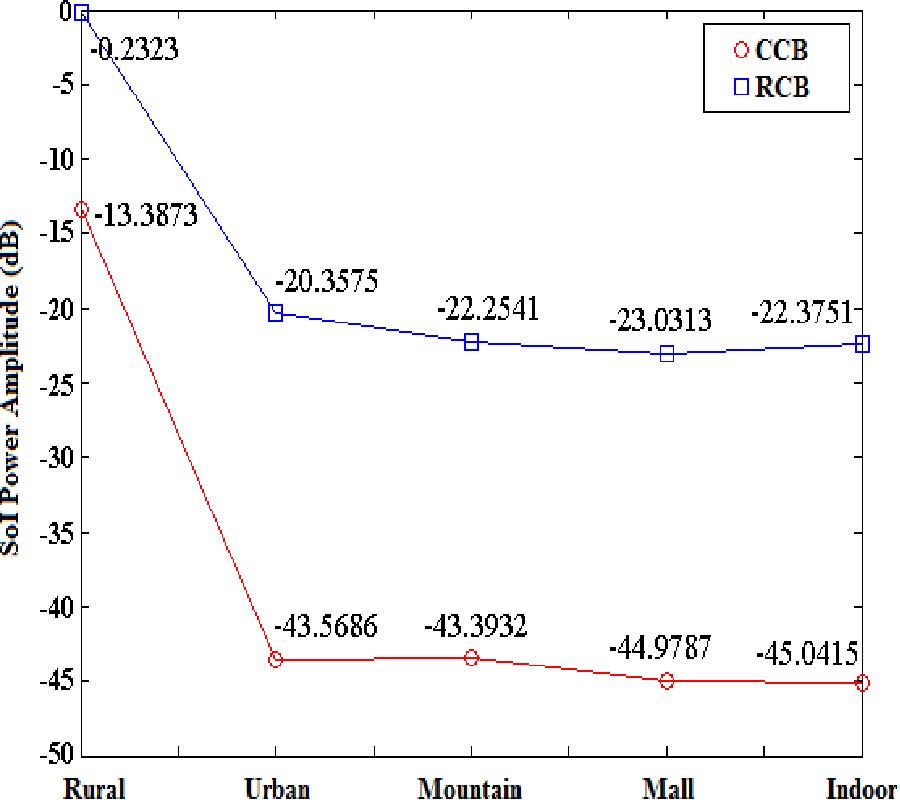
Improvements in a High Gain UWB Antenna with Corrugated Edges
Zhiming Wang
and
Hong Zhang
In this paper, a novel corrugated structure at the edges of the Vivaldi substrate is presented. Compared with the Vivaldi antenna without corrugated structure, the new structure has a better radiation pattern. While compared with the traditional corrugated structure, the new structure has a better front-to-back ratio (F/B ratio). Properly chosen thickness and dielectric constant of substrate ensure a relatively small size while the lower frequency is around 1 GHz. A Vivaldi structure also promises high gain in ultra-wideband (UWB) range. For its planar structure, the antenna is easily fabricated with a low cost. The design of a novel Vivaldi antenna described in this paper operates from 1 GHz to more than 3 GHz with -10 dB return loss and produce the gain with a range of 7 dBi~11 dBi. The current design is one of the most ideal antennas to be used for through-wall radar.
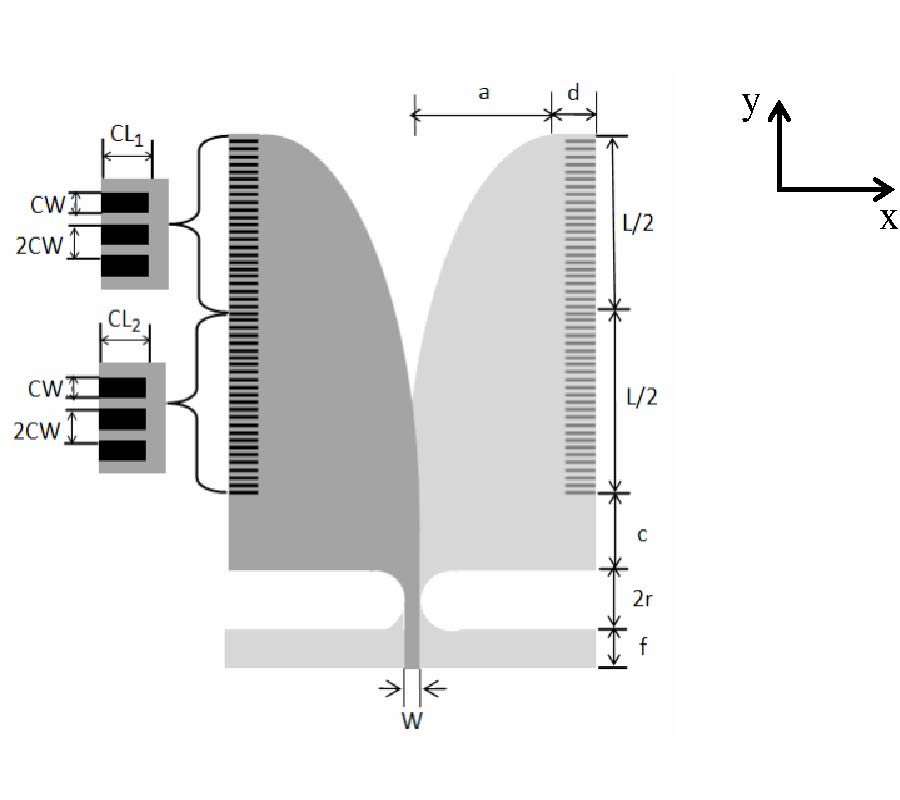
Design of Reconfigurable Patch Antenna with a Switchable V-Slot
Tariq Al-Maznaee
and
Hany Abd-El-Raouf
In this paper we present the design of a novel Patch Antenna with Switchable V-Slot (PASVS) that resonates at two different frequencies. The antenna operates at the lower frequency when the switch is OFF and at the higher frequency when the switch is ON. This antenna is designed for special applictions which need small frequency ratio. The different effects of the feeding position, the slot location, and the slot length are invetigated in this paper. This investigation has been used to optimize the design of the PASVS antenna in terms of the return loss (RL), the bandwidth, the gain, and the required frequency ratio.
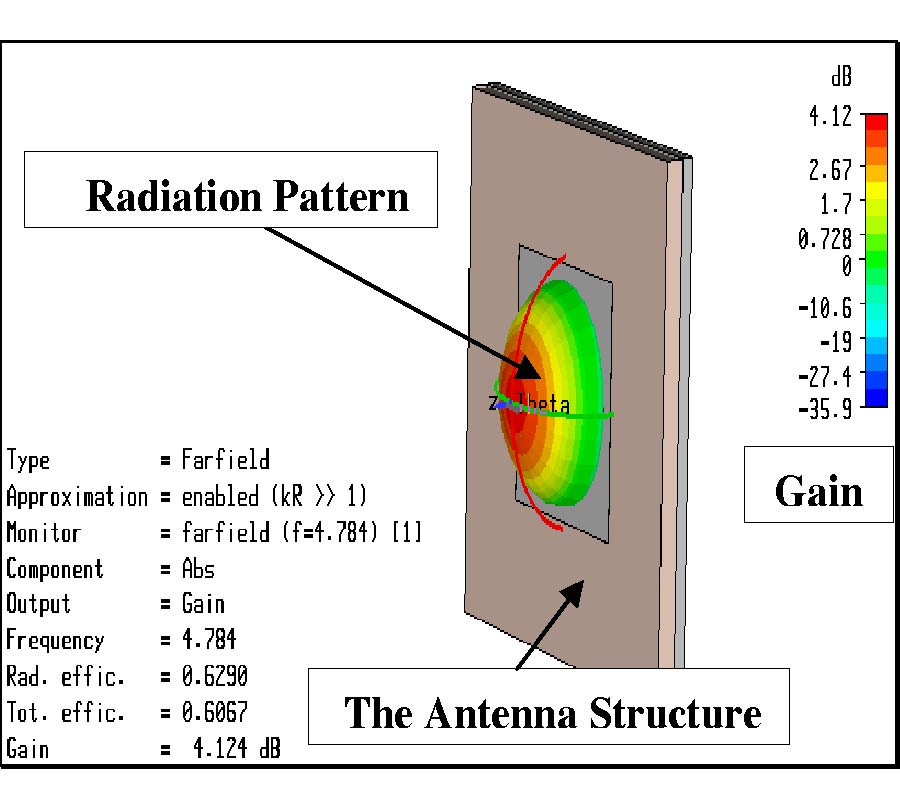
Simulation Model for Compatibility of Co-Sited IMT-Advanced and Point to Multipoint Services
Zaid Ahmed Shamsan
and
Tharek Bin Abdul Rahman
3.5 GHz fixed wireless access system is a point-to-multipoint wireless technology providing broadband services. In this paper, point-to-multipoint fixed cellular service network structure such as Local Multipoint Distribution (LMDS) service is proposed to share same network area and frequency band (3400-3600 MHz) with the fourth generation of mobile (IMT-Advanced) represented by mobile Worldwide Interoperability for Microwave Access (WiMAX) service on base of co-sited systems. As a result of space and frequency domain sharing, harmful interference probability may be transpired between the two services. Different network cell size and different channel bandwidths were considered in dense urban area to investigate the intersystem interference effects based on the average interference to noise ratio INR as a fundamental criterion for coexistence and sharing coordination between different systems. Adjusting of antenna discrimination loss is also proposed to facilitate the frequency efficiency and accomplish frequency sharing.
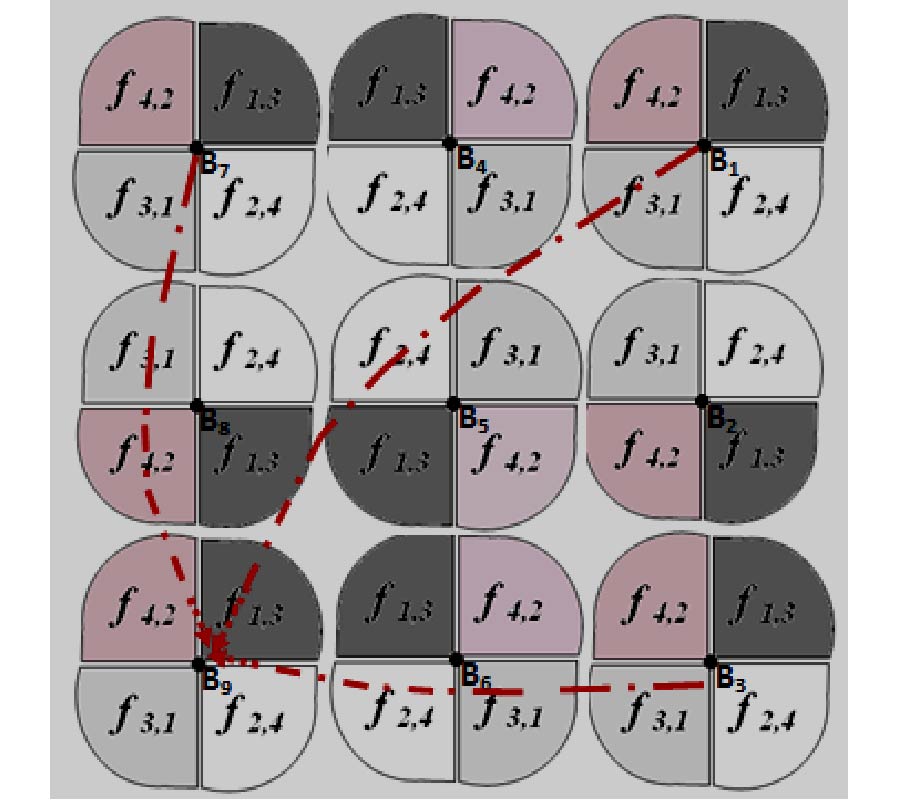
Design of Metamaterial Multilayer Structures as Frequency Selective Surfaces
Homayoon Oraizi
and
Majid Afsahi
The reflection and transmission coefficients of multilayer structures are computed by the Transmission Line Transfer Matrix Method (TLTMM) and it is shown that metamaterials (MTMs) act as frequency selective surfaces (FSSs). Several examples of multilayer structures are analyzed, which are composed of combination of common materials and MTMs with dispersion relations. Interesting and uncommon behaviors are observed for MTMs. Novel applications are treated by TLTMM and a matrix method.
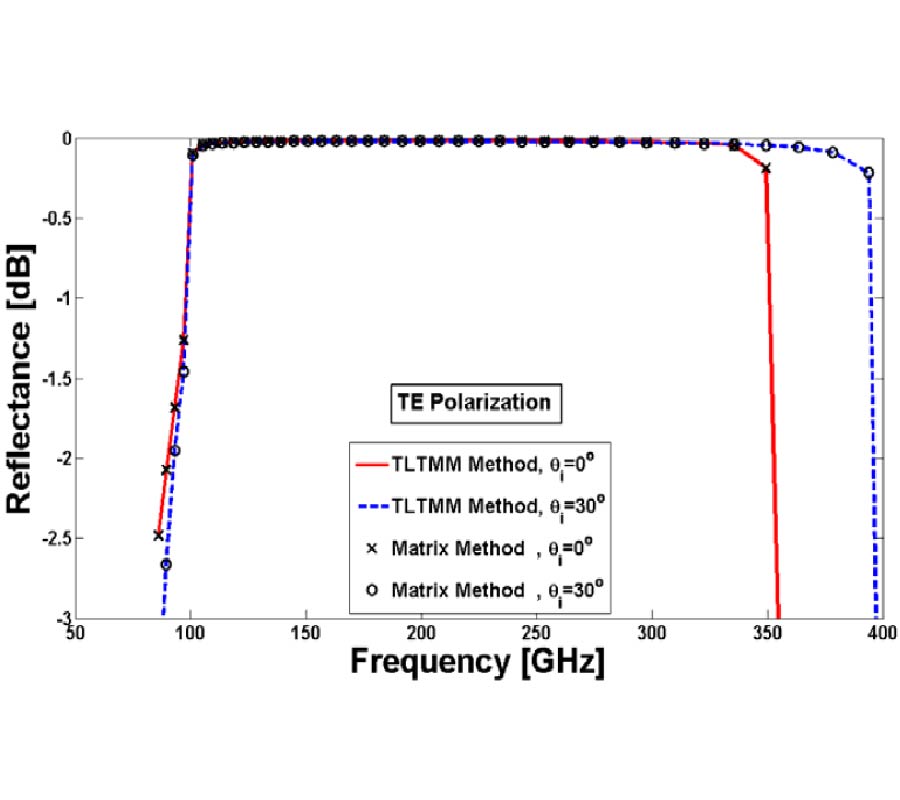
Planar Eight Port Waveguide Mono-Pulse Comparator
Morteza Mohammadi
and
Farrokh Hojjat-Kashani
This paper suggests a new method for designing of planar eight port waveguide mono-pulse comparator. Planar eight port waveguide mono-pulse comparator acts as a four-way in-phase power divider in a transmitting mode and as a mono-pulse sum and difference combining hybrid in the receiving mode. The short-slot directional coupler is converted to an equivalent magic tee by adding dielectric-slab-filled waveguide phase shifter. Four such hybrids are connected appropriately using H-plane bends to form a compact planar eight port waveguide mono-pulse comparator. Simulation results with Ansoft HFSS software are presented, which verify good performance.

A Novel Dual-Band Patch Antenna for WLAN Communication
Encheng Wang
,
Jun Zheng
and
Yanchun Liu
This paper describes a novel dual-band patch antenna on organic magnetic substrate for wireless local area networks (WLAN) wireless communication (at 2.4 and 5 GHz). The dual-band operation is obtained by embedding a pair of L-shaped slots. The magnetic material is adopted because the substrate can reduce the size of antenna 40%, comparing with rectangular microstrip antennas on normal dielectric substrate, and have wider bandwidths for both bands. Details of the proposed antenna design are presented and discussed, which can be a candidate for the requirement of WLAN, operating in 2.4 and 5 GHz.
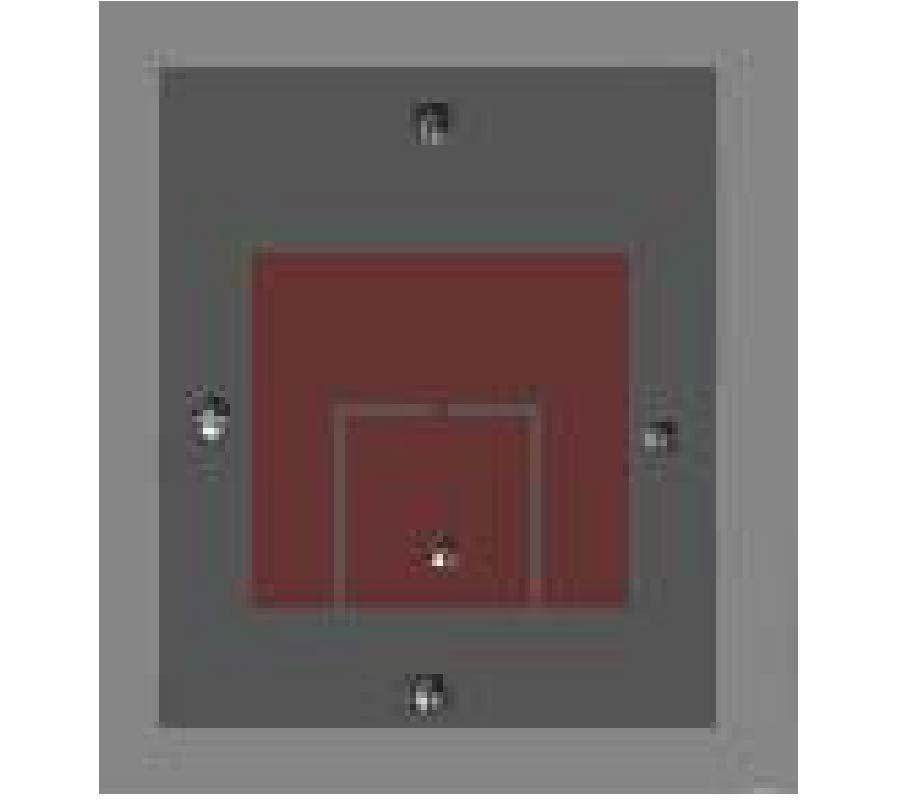
Efficient Detection of Landmines from Acoustic Images
H. Kasban
,
Osama Zahran
,
M. El-Kordy
,
Sayed M. S. Elaraby
,
El-Sayed M. El-Rabaie
and
Fathi Abd El-Samie
The Laser Doppler Vibrometer (LDV)-based Acoustic to Seismic (A/S) landmine detection system is one of the reliable and powerful landmine detection techniques. The interpretation of LDV-based A/S data is performed off-line, manually, depending heavily on the skills, experience, alertness and consistency of a trained operator. This takes a long time. The manually obtained results suffer from errors, particularly when dealing with large volumes of data. This paper proposes some techniques for the automatic detection of objects from the acoustic images which are obtained from the LDV-based A/S landmine detection system. These techniques are based on color image transformations, morphological image processing and the wavelet transform. The results obtained are optimized to select the best image type and the best morphological operation used in terms of the higher probability of detection, the lower false alarm rate, the accuracy and the processing speed.

Combined Interleaving and Companding for Papr Reduction in OFDM Systems
Hefdhallah Sakran
,
Mona Mohammed Shokair
and
Atef Elazm
Peak to Average Power Ratio (PAPR) is one of the serious problems in any wireless communication systems using multi carrier modulation technique like OFDM, which reduces the efficiency of transmit high power amplifier. In this paper, proposed scheme will be introduced that combines interleaving technique and companding technique to reduce PAPR. This scheme will be compared with the system that uses other technique for reduction which is the clipping method. By using proposed scheme, the PAPR of OFDM signal can be reduced by 6.3 dB over the original system, i.e., without PAPR reduction. Also, SNR decreases by more than 5 dB for Bit Error Rate(BER) of 10-3 over the original system. Moreover, the proposed method gives improvement more than 4.5 dB for BER of 10-3 over the system that uses clipping. All these systems will be evaluated in the presence of nonlinear power amplifier.
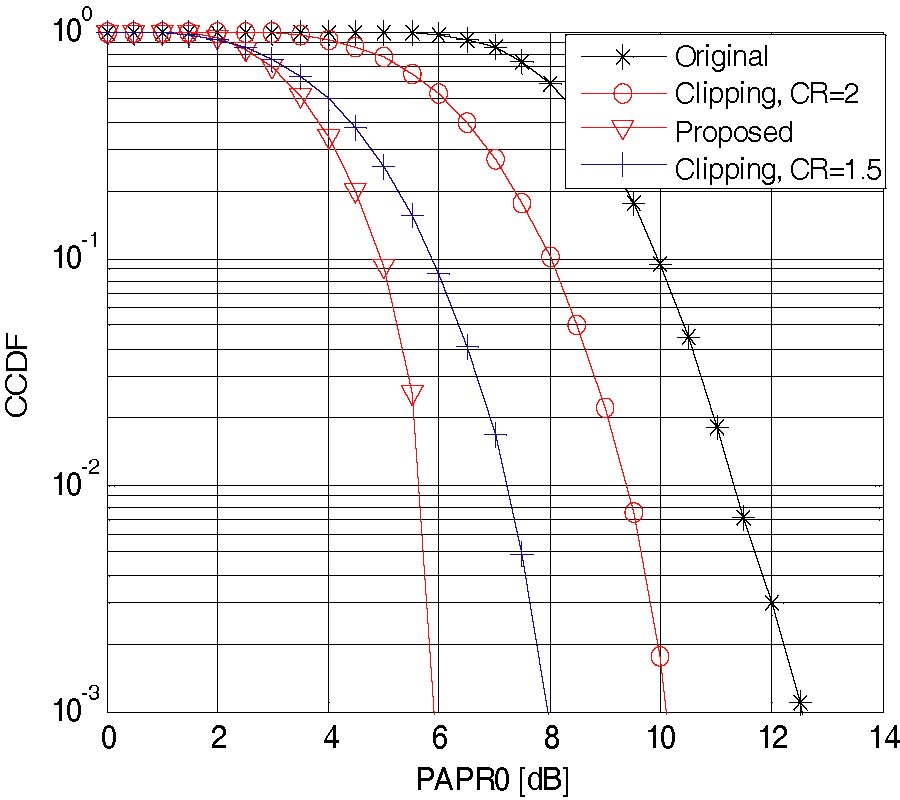
Hybrid Technology Providing Concurrent Vehicular Safety and Communication
Nirmalendu Sinha
,
Rabindra Nath Bera
and
Monojit Mitra
ℜMulti-carrier system has been fuelled by large demand on frequency allocation, resulting in a crowded spectrum as well as large number of users requiring simultaneous access. Existing wireless systems may be utilized single frequency, single antenna and pulse for carrier transmission and reception. Problems of such system is that in case of failure the total system will become non operational. So we established a distributed system in terms of multi-carrier, multi-antenna and coded pulse can provide a more suitable communication and sensor gives rise to DSSS-OFDM-MIMO based hybrid technology is the ultimate solution. This technology is a promising technique for high-data-rate broadband wireless communications and radar because it can reduce interference, multipath effect, jamming and higher target resolution as compared to conventional communication & radar etc. The proposed techniques improve the performance of OFDM, DSSS and MIMO based wireless communications and sensing for ITS and other applications. Finally this system can be implemented using Software defined Radio to get continuous connectivity of the system.
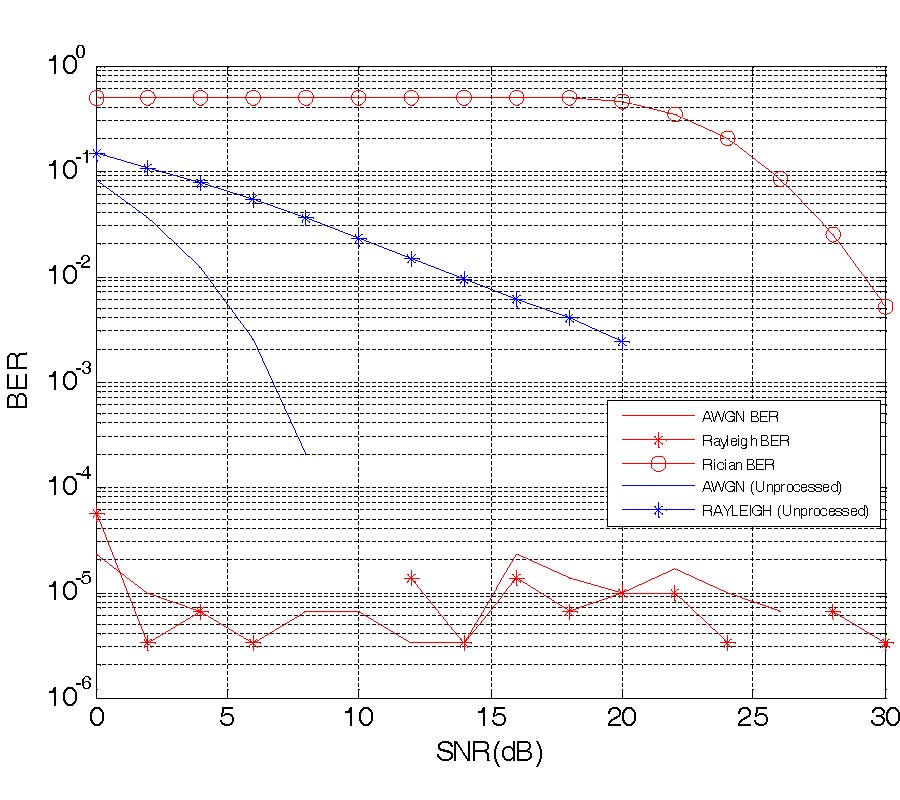
An Adaptive Reduced Rank STAP Selection with Staggered Prf, Effect of Array Dimensionality
Brahim Aissa
,
Mourad Barkat
,
Brahim Atrouz
,
Mustapha Yagoub
and
Mohamed Adnane Habib
Space-Time Adaptive Processing (STAP) is a well known technique in the area of airborne radars, which is used to detect weak target returns embedded in strong ground Clutter, Jammers, and receiver Noise. STAP has the unique property of compensating for the platform motion induced Doppler spread, thus making detection of slow targets possible. But there are others problems resulting from the characteristics of the airborne radar that may limit the performance of detection of the radar, for instance, the ambiguities (Range or Doppler ambiguities) which are dependent on the value of the pulse repetition frequency (PRF). When PRF is high, range ambiguities appear; when PRF is small, Doppler ambiguities appear; and both are present when PRF is medium. To resolve Doppler ambiguities staggering of PRF is used. And to resolve problem of high computational cost of optimal space-time processing, reduced-rank methods are used. In this paper, STAP processing on the airborne radar is briefly reviewed for motivation, and the effect of a radar parameter dimensionality set on the STAP and the Reduced-Rank STAP is discussed.
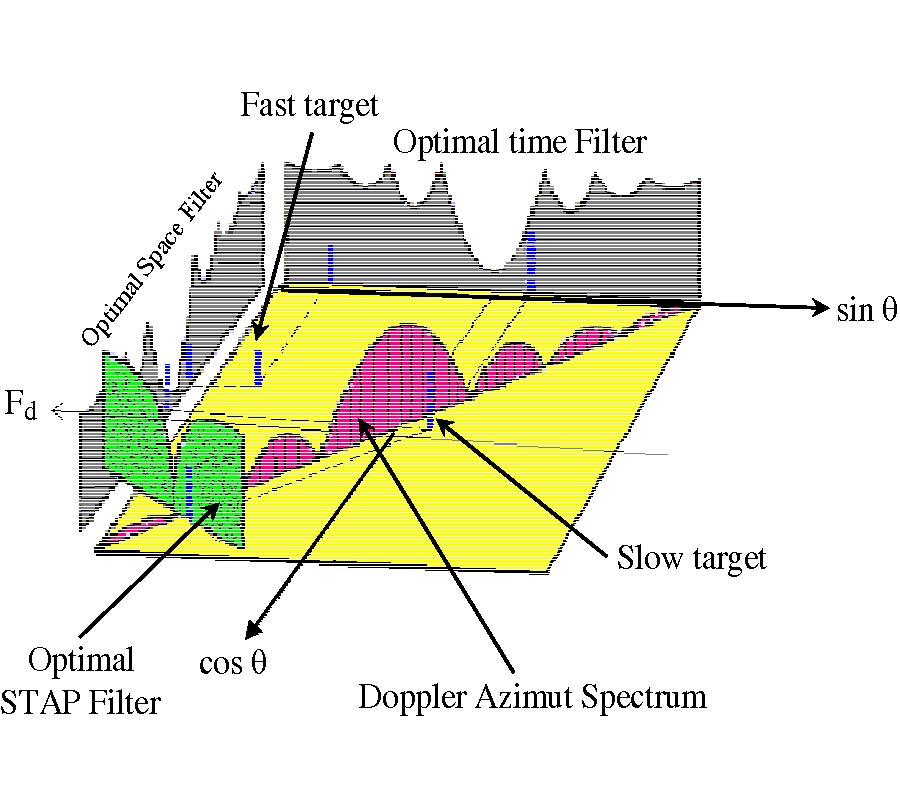
Design of Reconfigurable Multiple Elements Microstrip Rectangular Linear Array Antenna
Mohd Tarmizi Ali
,
Muhammad Ramlee Kamarudin
,
Tharek Bin Abdul Rahman
,
Ronan Sauleau
and
Mohd Nor Md Tan
This paper presents a reconfigurable of multiple element microstrip rectangular linear array antenna integrated with radio frequency (RF) switches. The corporate feed design concept is used to excite the linear array antenna that consists of 8 elements of rectangular patches at 5.8 GHz. Two PIN diode switches were deployed at the feeding line to activate the two arrays of patches that is located on the left and right side of the antenna structure. The behavior of the reconfigurable multiple element linear antenna array system has been investigated with respect to the beam shaping characteristic. The comparisons of the performance between two structures, with Wilkinson Power Divider (WPD) and without WPD are discussed in this paper. Two different beam patterns were achieved through the reconfigurable antenna at different number of elements design that incorporates with PIN diode switches and modified WPD concept. The simulations and the measurement results for 4 and 8 elements array antenna structure are presented.
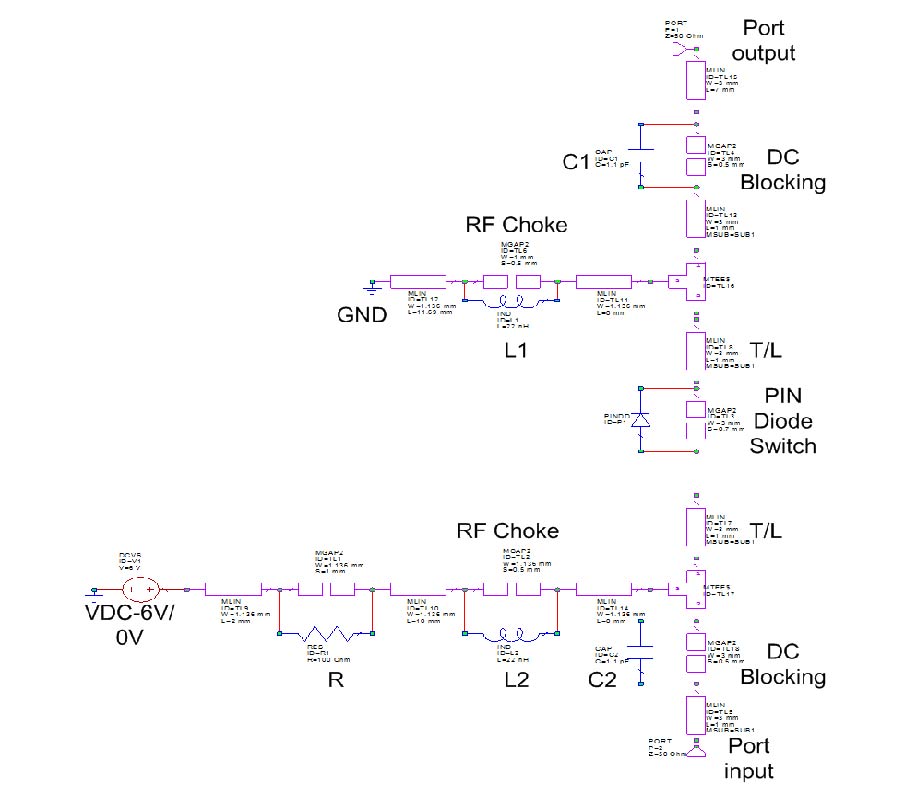
Fast and Accurate Direction-of-Arrival Estimation for a Single Source
Yuntao Wu
,
Hong-Qing Liu
and
Hing-Cheung So
In this paper, direction-of-arrival (DOA) estimation of a single narrow-band source with uniform linear arrays is addressed. The basic idea is to convert the received data to a correlation sequence which can be modelled as a noisy sinusoid. Then the computationally attractive and accurate generalized weighted linear predictor frequency estimator is applied for DOA determination. The effectiveness of the proposed method is demonstrated via computer simulations.
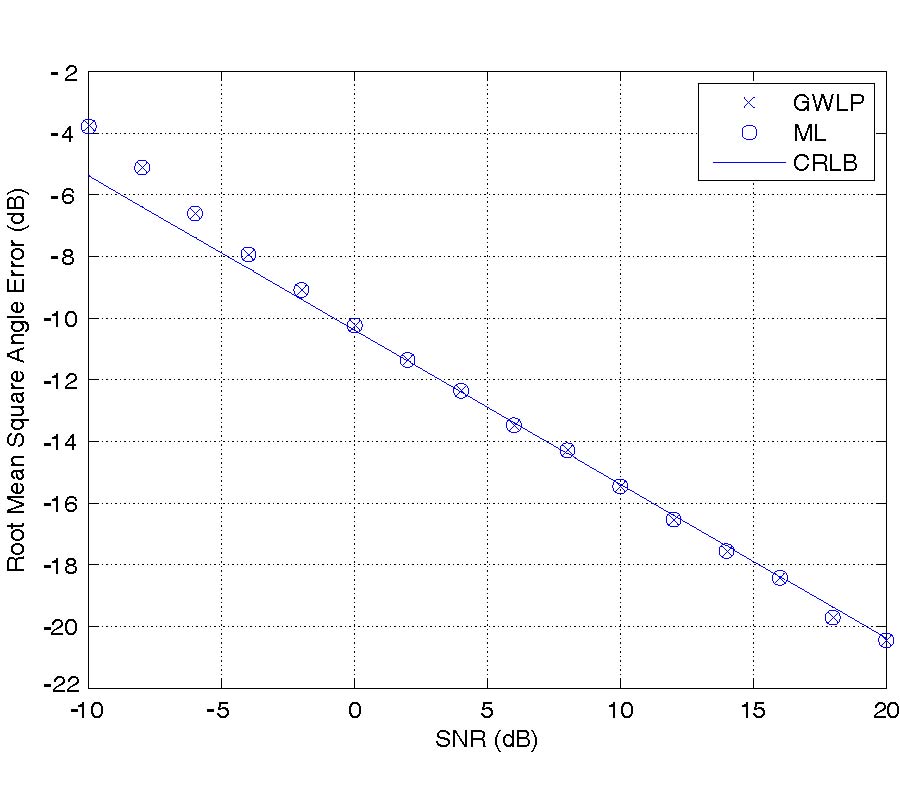
L-Band Amplification and Multi-Wavelength Lasing with Bismuth-Based Erbium Doped Fiber
Sulaiman Wadi Harun
,
Nizam Tamchek
,
Sharife Shahi
and
Harith Ahmad
Bismuth-based EDF (Bi-EDF) is comprehensively studied as an alternative medium for optical amplification. The bismuth glass host provides the opportunity to be doped heavily with erbium ions to allow a compact optical amplifier design. The gain spectrum of the Bi-EDF amplifier has a measured amplification bandwidth of 80 nm with a quantum conversion efficiency of 20% obtained using 1480 nm pumping and 215 cm long of doped fiber. A multi-wavelength laser comb is also demonstrated using a four-wave mixing effect in a backward pumped Bi-EDF. The laser generates more than 10 lines of optical comb with a line spacing of approximately 0.41 nm at 1615.5 nm region using 146 mW of 1480 nm pump power.
